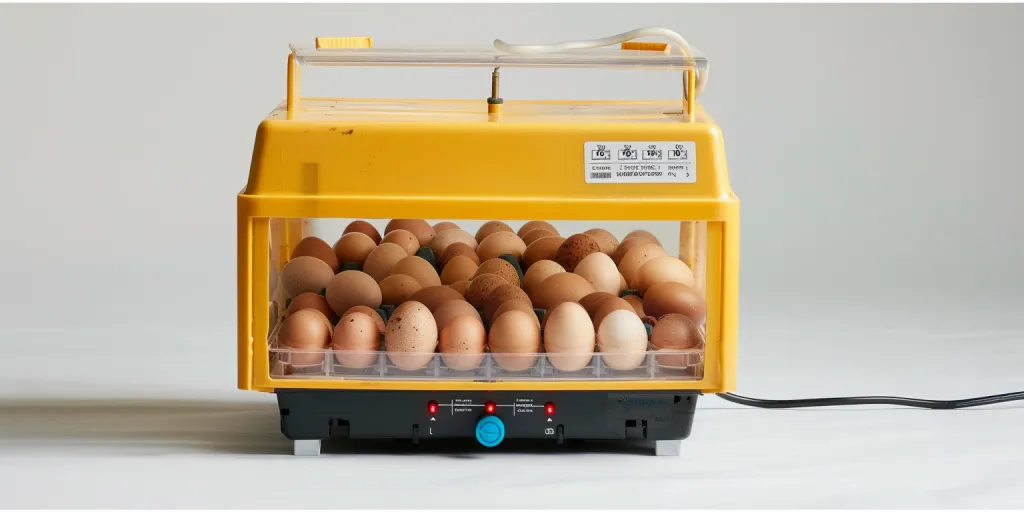Recent advancements in incubation technology have revolutionized the poultry industry, particularly in 2025. This article delves into the critical aspects of selecting the right duck egg incubator, providing professional buyers with valuable insights and comprehensive guidance to make informed purchasing decisions.
Table of Contents:
-Duck Egg Incubator Market Overview
-Detailed Analysis of the Duck Egg Incubator Market
-Key Factors When Selecting a Duck Egg Incubator
-Advanced Features in Modern Duck Egg Incubators
-Maintaining and Cleaning Your Duck Egg Incubator
-The Importance of Certifications and Safety Standards
-A Final Word on Choosing the Right Duck Egg Incubator
Duck Egg Incubator Market Overview
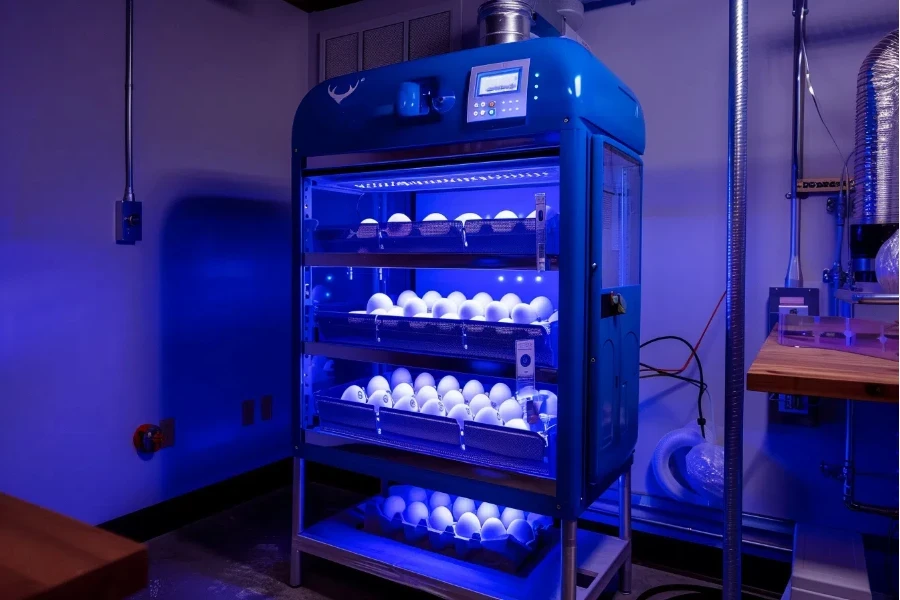
The global market for duck egg incubators has grown significantly in recent years. This growth is driven by increasing demand for high-quality poultry products and advancements in incubation technology. In 2024, the global eggs market revenue is projected to reach $8.03 billion. With an annual growth rate (CAGR 2024-2029) of 12.87%, the market volume is expected to hit $14.71 billion by 2029. This trend highlights the expanding market for duck egg incubators, which are essential for improving hatch rates and poultry farming efficiency.
China remains the largest market, with a projected volume of $3.8 billion in 2024, reflecting its strong poultry industry. The global eggs market is expected to have 138.5 million users by 2029, with user penetration increasing from 1.5% in 2024 to 1.9% by 2029. This growing user base underscores the adoption of advanced incubation technologies, like duck egg incubators, to meet rising poultry product demand.
In the United States, the eggs market is anticipated to generate $2.32 billion in revenue in 2024. With a CAGR of 15.94% from 2024 to 2029, it is expected to reach $4.86 billion by 2029. This growth is driven by rising consumer demand for organic and free-range eggs, advancements in eCommerce, and increased investments in poultry farming infrastructure.
Detailed Analysis of the Duck Egg Incubator Market
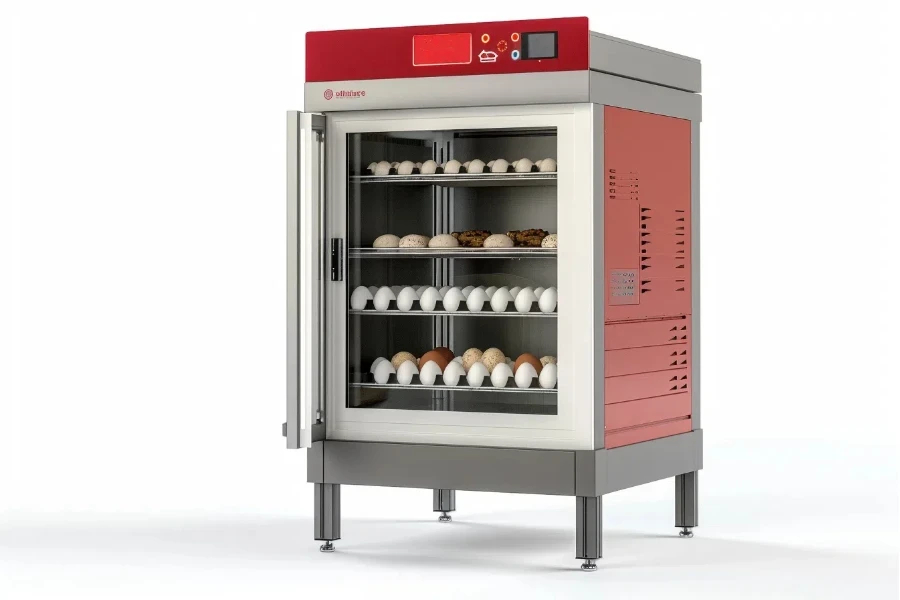
The duck egg incubator market is defined by several key performance benchmarks: hatch rate efficiency, energy consumption, and ease of use. Modern incubators optimize temperature, humidity, and ventilation, resulting in higher hatch rates and healthier ducklings. High-quality incubators can achieve hatch rates exceeding 85%, significantly higher than traditional methods.
Key players like Brinsea, Rcom, and Hovabator dominate the market due to their advanced technology and strong brand reputation. These companies leverage innovations in digital control systems, automated turning mechanisms, and biosecurity features to stand out. Economic factors, such as rising feed costs and fluctuating poultry prices, drive the need for more efficient and cost-effective incubation solutions.
Shifts in consumer behavior towards sustainable and organic farming practices have boosted demand for advanced duck egg incubators. The preference for high-quality, locally sourced poultry products has led to increased investment in small to mid-sized poultry farms, which rely on efficient incubation technologies to maximize productivity. Distribution channels have evolved, with eCommerce platforms playing a crucial role in reaching a broader customer base. The average revenue per user (ARPU) in the global eggs market is expected to be $83.97 by 2029, indicating a growing willingness to invest in premium incubation equipment.
Recent innovations include smart incubators with IoT capabilities, allowing farmers to monitor and control incubation parameters remotely via mobile apps. This digitalization trend is expected to continue, with more advanced features enhancing user experience and incubation success rates. Social trends, like the increasing popularity of backyard farming and hobbyist poultry breeding, have also contributed to market growth, creating niche markets for compact and user-friendly incubators.
Customer pain points in the duck egg incubator market include operational complexity, maintenance requirements, and initial investment costs. Manufacturers are addressing these issues by developing user-friendly designs with intuitive interfaces and providing comprehensive customer support. Brand positioning strategies emphasize reliability, efficiency, and technological innovation, with companies differentiating their products through unique features and value-added services.
Key Factors When Selecting a Duck Egg Incubator
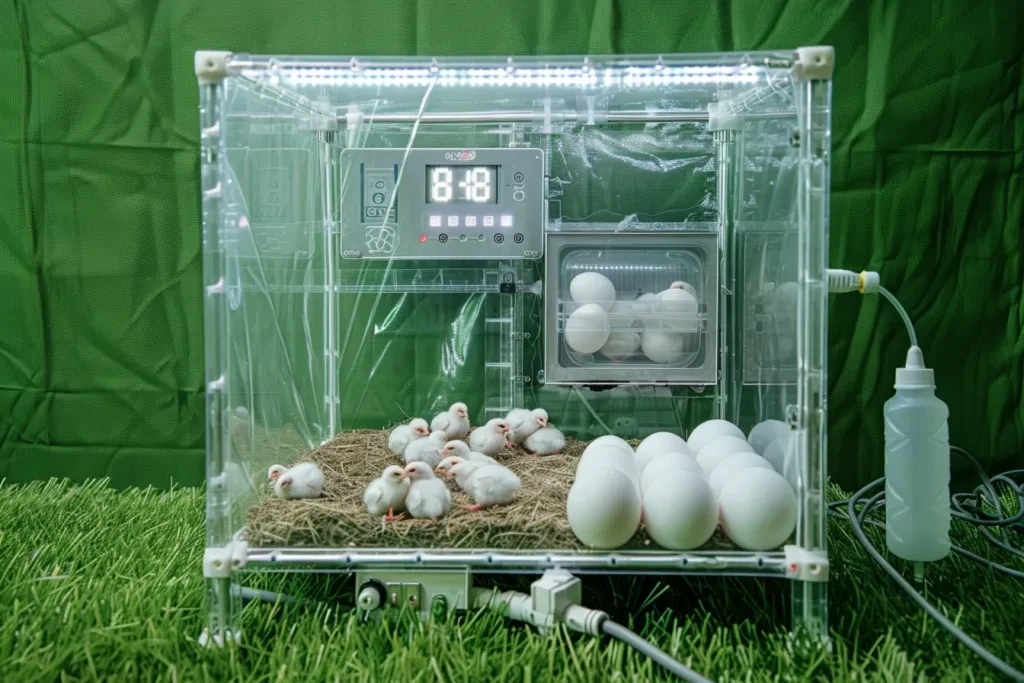
Choosing the right duck egg incubator is crucial for high hatch rates and the health of ducklings. Key factors to consider include the type of incubator, capacity, temperature and humidity control, ease of use, and energy efficiency. Each plays a vital role in the incubation process and significantly impacts the outcome.
Types of Incubators
There are two main types of duck egg incubators: still-air and forced-air. Still-air incubators rely on natural air movement to maintain temperature, making them less ideal for larger batches of eggs. Forced-air incubators use fans to circulate air, ensuring a consistent temperature throughout the unit. Forced-air models are generally more efficient and reliable, especially for commercial purposes.
Forced-air incubators maintain uniform temperature and humidity levels, particularly useful in larger units where temperature variation can be an issue. Some advanced models come with multiple fans to further enhance air circulation, providing optimal conditions for egg incubation.
Still-air incubators are more affordable and can be suitable for small-scale operations or hobbyists. However, they require careful monitoring to ensure the eggs are at the right temperature. In still-air incubators, temperature must be measured at the top of the eggs due to the lack of air circulation.
Capacity
The capacity of the incubator is another critical factor. It determines the number of eggs that can be incubated at a time. Incubators come in various sizes, from small units that hold a few eggs to large commercial models accommodating hundreds of eggs. The choice of capacity depends on the scale of the operation and the specific needs of the user.
For small-scale operations or hobbyists, a smaller incubator with a capacity of 20-50 eggs may suffice. These units are more affordable and easier to manage. For commercial purposes, larger incubators with capacities ranging from 100 to several hundred eggs are more appropriate. These units handle high volumes efficiently and often come with advanced features to ensure optimal incubation conditions.
Consider future expansion when choosing capacity. Investing in an incubator with a slightly higher capacity than currently needed can provide flexibility and accommodate growth. Some incubators are modular and can be expanded by adding additional units, making them a versatile option for growing businesses.
Temperature and Humidity Control
Precise control of temperature and humidity is essential for successful duck egg incubation. Duck eggs require a temperature of around 99.5°F (37.5°C) and a humidity level of 55-60% during the initial stages of incubation. In the final days before hatching, the humidity needs to increase to around 70-75% to prevent the eggs from drying out.
Modern incubators are equipped with digital controls for precise adjustment and monitoring of temperature and humidity, reducing the risk of developmental issues. Some advanced models also come with automatic humidity control systems that add or remove moisture as needed.
Manual control incubators are more affordable but require constant monitoring and adjustment. Users need to be vigilant and make adjustments based on thermometer and hygrometer readings. While this can be time-consuming, it offers a hands-on approach that some users may prefer.
Ease of Use
The ease of use of an incubator can significantly impact the user experience and the success of the incubation process. Features like automatic egg turning, digital displays, and alarms for temperature and humidity fluctuations can make the process more manageable and increase hatch rates.
Automatic egg turning ensures the eggs are rotated regularly, mimicking the natural movements of a mother duck. This prevents the embryos from sticking to the shell and promotes even development. Incubators with this feature save time and reduce the need for manual intervention.
Digital displays provide real-time information on temperature and humidity levels, making it easier to monitor the incubator’s conditions. Alarms for temperature and humidity fluctuations alert the user to any deviations from the optimal range, allowing for quick corrective action. These features enhance the reliability of the incubator and reduce the risk of incubation failures.
Energy Efficiency
Energy efficiency is important, especially for large-scale operations that run incubators continuously. Energy-efficient models can significantly reduce operating costs and have a lower environmental impact. Look for incubators with energy-saving features like insulated walls, efficient heating elements, and programmable timers.
Insulated walls help maintain a stable internal temperature, reducing the need for the heating element to run continuously. Efficient heating elements consume less power while providing consistent heat. Programmable timers allow users to set incubation schedules, ensuring the incubator operates only when necessary.
Investing in an energy-efficient incubator may have a higher initial cost, but the long-term savings on energy bills can make it a cost-effective choice. Additionally, some energy-efficient models are eligible for rebates or incentives, further reducing the overall cost.
Advanced Features in Modern Duck Egg Incubators
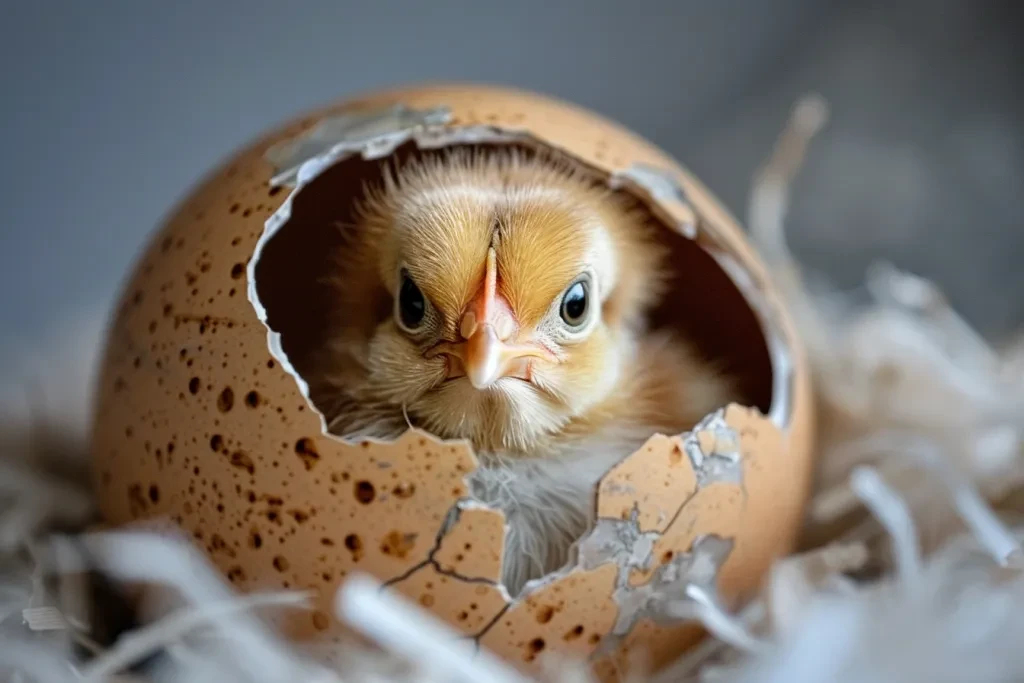
Modern duck egg incubators come with advanced features designed to enhance the incubation process and improve hatch rates. These features include automatic egg turning, digital controls, and advanced monitoring systems. Understanding these features can help users select an incubator that meets their specific needs and provides the best possible conditions for egg incubation.
Automatic Egg Turning
Automatic egg turning is crucial for ensuring even embryo development. In the wild, mother ducks turn their eggs several times a day to prevent the embryos from sticking to the shell and to promote even heat distribution. Automatic egg turners replicate this natural process, reducing the need for manual intervention.
Most modern incubators come with built-in automatic egg turners that can be programmed to turn the eggs at regular intervals. Some advanced models allow users to adjust the frequency and angle of the turns, providing greater control over the incubation process. This feature is particularly valuable for large-scale operations where manual turning would be impractical.
In addition to improving hatch rates, automatic egg turners reduce the risk of human error. Manual turning can be time-consuming and requires careful handling of the eggs. Automatic turners ensure that the eggs are turned consistently and gently, minimizing the risk of damage.
Digital Controls
Digital controls provide precise and easy-to-use adjustments for temperature and humidity. These controls are typically displayed on an LCD screen, allowing users to monitor the incubator’s conditions at a glance. Digital controls offer greater accuracy and reliability compared to analog controls, reducing the risk of incubation failures.
Many modern incubators come with programmable digital controls that allow users to set specific temperature and humidity levels for different stages of incubation. This is particularly useful for species like ducks that require changes in humidity levels during the final days before hatching. Programmable controls ensure that the incubator maintains the optimal conditions for each stage of development.
Some advanced models also come with remote monitoring capabilities, allowing users to check the incubator’s conditions from a smartphone or computer. This feature provides added convenience and peace of mind, especially for users who need to monitor multiple incubators simultaneously.
Advanced Monitoring Systems
Advanced monitoring systems provide real-time information on the incubator’s conditions and alert users to any deviations from the optimal range. These systems typically include sensors for temperature, humidity, and CO2 levels, as well as alarms for fluctuations. Advanced monitoring systems enhance the reliability of the incubator and reduce the risk of incubation failures.
Temperature and humidity sensors ensure that the incubator maintains the optimal conditions for egg development. Some advanced models also include CO2 sensors to monitor the air quality inside the incubator. High levels of CO2 can be harmful to developing embryos, so maintaining proper ventilation is essential.
Alarms for temperature and humidity fluctuations alert users to any deviations from the optimal range, allowing for quick corrective action. These alarms can be set to trigger when the conditions fall outside a predetermined range, providing added security and reducing the risk of incubation failures.
Maintaining and Cleaning Your Duck Egg Incubator
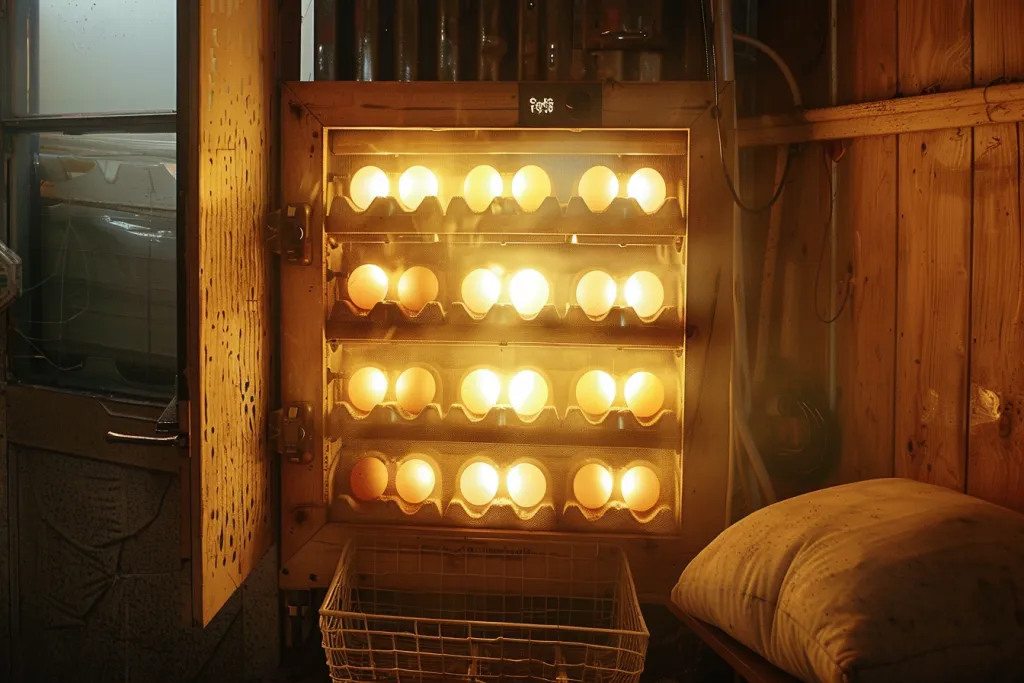
Proper maintenance and cleaning of a duck egg incubator are essential for ensuring its longevity and optimal performance. Regular cleaning prevents the buildup of bacteria and mold, which can harm developing embryos and reduce hatch rates. Proper maintenance ensures that the incubator’s components remain in good working condition, reducing the risk of malfunctions.
Cleaning the Incubator
Cleaning the incubator should be done after each hatch to prevent the buildup of bacteria and mold. The incubator should be thoroughly cleaned and disinfected before being used for a new batch of eggs. This involves removing all detachable parts, such as trays and egg turners, and cleaning them with a mild detergent and warm water.
After cleaning, the incubator should be disinfected with a solution of water and a mild disinfectant. Follow the manufacturer’s instructions for proper dilution and application of the disinfectant. The incubator should be rinsed thoroughly with clean water to remove any residue and allowed to dry completely before being reassembled.
Regular cleaning and disinfection help maintain a hygienic environment for the eggs, reducing the risk of bacterial infections and improving hatch rates. It also ensures that the incubator remains in good working condition, extending its lifespan.
Regular Maintenance
Regular maintenance is essential for ensuring the optimal performance of the incubator. This includes checking and replacing any worn or damaged parts, such as heating elements, fans, and sensors. It is also important to ensure that the incubator’s components are properly lubricated and free of dust and debris.
The incubator’s temperature and humidity sensors should be calibrated regularly to ensure accurate readings. This involves using a calibrated thermometer and hygrometer to check the incubator’s readings and making any necessary adjustments. Proper calibration ensures that the incubator maintains the optimal conditions for egg development.
It is also important to check the incubator’s ventilation system to ensure that it is functioning properly. Proper ventilation is essential for maintaining the correct levels of CO2 and preventing the buildup of harmful gases. The incubator’s air filters should be cleaned or replaced regularly to ensure proper airflow.
Troubleshooting Common Issues
Even with regular maintenance, issues can sometimes arise with the incubator. Common issues include temperature and humidity fluctuations, malfunctioning egg turners, and ventilation problems. Troubleshooting these issues involves identifying the cause and taking corrective action.
Temperature and humidity fluctuations can be caused by faulty sensors or heating elements. Checking and replacing these components can resolve the issue. It is also important to ensure that the incubator is placed in a stable environment, away from drafts and direct sunlight, to prevent temperature fluctuations.
Malfunctioning egg turners can be caused by worn or damaged parts. Checking and replacing these parts can resolve the issue. It is also important to ensure that the egg turner is properly lubricated and free of dust and debris.
Ventilation problems can be caused by clogged air filters or malfunctioning fans. Cleaning or replacing the air filters and checking the fans can resolve the issue. It is also important to ensure that the incubator is placed in a well-ventilated area to prevent the buildup of harmful gases.
The Importance of Certifications and Safety Standards
When selecting a duck egg incubator, it is important to consider certifications and safety standards. These certifications ensure that the incubator meets certain quality and safety requirements, providing added assurance that the incubator will perform reliably and safely.
CE Certification
The CE certification is a key indicator of quality and safety for products sold in the European Economic Area (EEA). It indicates that the product meets the essential requirements of relevant European health, safety, and environmental protection legislation. CE-certified incubators have undergone rigorous testing to ensure that they meet these standards.
Selecting a CE-certified incubator provides assurance that the product has been manufactured to high-quality standards and is safe to use. It also ensures that the incubator complies with relevant regulations, reducing the risk of legal issues.
ISO Certification
ISO certification is another important indicator of quality and safety. The International Organization for Standardization (ISO) sets internationally recognized standards for various industries, including manufacturing. ISO-certified incubators have been manufactured to meet these standards, ensuring consistent quality and performance.
Selecting an ISO-certified incubator provides assurance that the product has been manufactured to high-quality standards and is reliable and safe to use. It also ensures that the incubator complies with relevant regulations, reducing the risk of legal issues.
UL Certification
UL certification is a key indicator of safety for products sold in the United States. It indicates that the product has been tested and certified by Underwriters Laboratories (UL), an independent safety science company. UL-certified incubators have undergone rigorous testing to ensure that they meet safety standards.
Selecting a UL-certified incubator provides assurance that the product has been manufactured to high safety standards and is safe to use. It also ensures that the incubator complies with relevant regulations, reducing the risk of legal issues.
A Final Word on Choosing the Right Duck Egg Incubator
In summary, selecting the right duck egg incubator involves considering several key factors, including the type of incubator, capacity, temperature and humidity control, ease of use, and energy efficiency. Advanced features such as automatic egg turning, digital controls, and advanced monitoring systems can enhance the incubation process and improve hatch rates. Proper maintenance and cleaning are essential for ensuring the longevity and optimal performance of the incubator. Finally, certifications and safety standards provide added assurance that the incubator will perform reliably and safely. By considering these factors, users can select an incubator that meets their specific needs and provides the best possible conditions for egg incubation.
